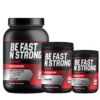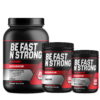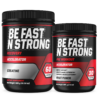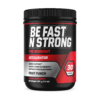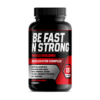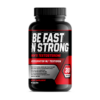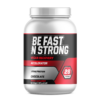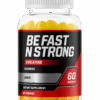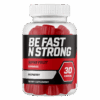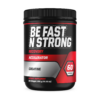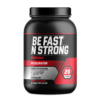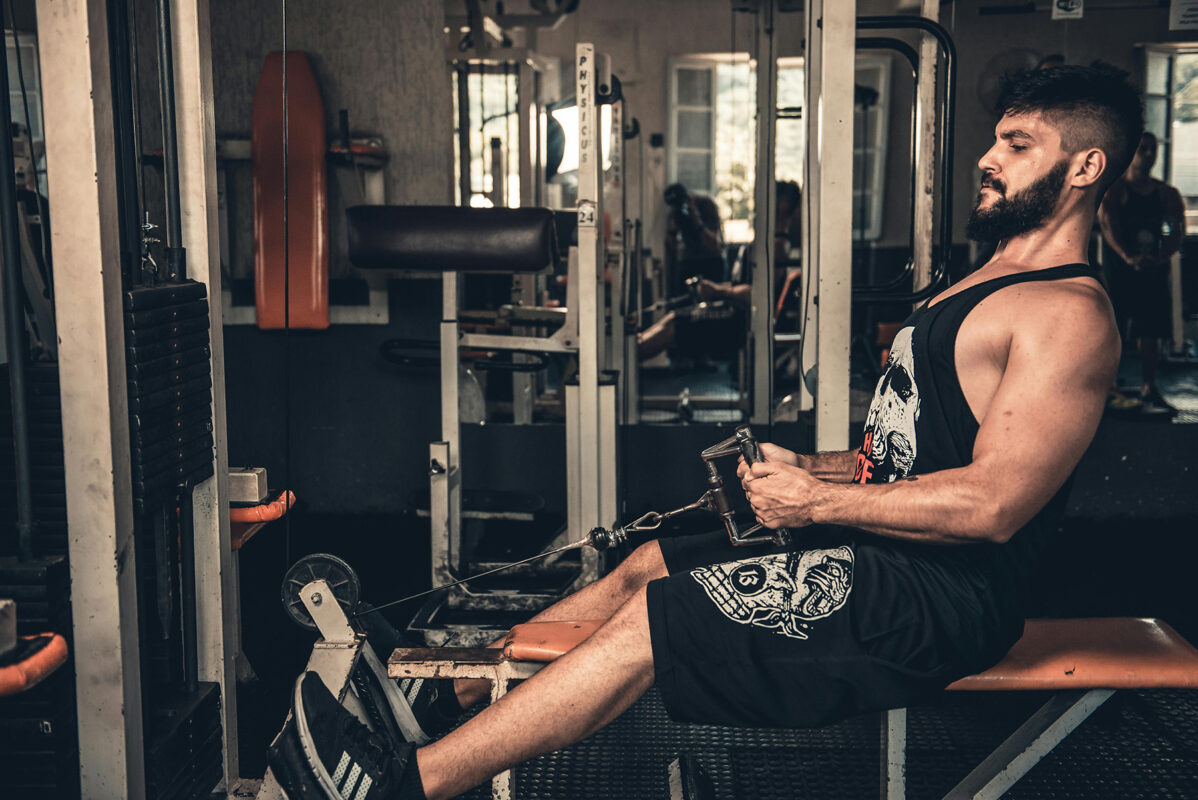HIIT vs. Cardio: Which Workout Style is Best for Your Fitness Goals?
When structuring your fitness regimen, understanding the distinctions between High-Intensity Interval Training (HIIT) and traditional cardio is essential. Both offer unique benefits and potential drawbacks, and aligning them with your personal fitness goals can optimize your results.
Defining Cardio Workouts
Cardio workouts, or aerobic exercises, involve sustained activities that elevate your heart rate, enhancing cardiovascular health and endurance. Common examples include jogging, cycling, swimming, and team sports like basketball or soccer. These exercises rely on the aerobic system, utilizing oxygen to meet energy demands over extended periods.
Steady-state cardio, characterized by maintaining a consistent, moderate intensity, is accessible to individuals of all fitness levels. Activities such as a 30-minute jog or an hour-long bike ride exemplify this approach. The low-to-moderate intensity makes it suitable for beginners and those with joint concerns.
Understanding HIIT Workouts
HIIT involves short bursts of intense exercise followed by rest intervals, designed to push you to your maximum effort and then allow for recovery. A typical HIIT session might include sprinting for 30 seconds, then walking for a minute, repeated for 10 to 30 minutes. Exercises range from cycling and jumping rope to bodyweight movements like burpees and push-ups, engaging fast-twitch muscle fibers.
One notable advantage of HIIT is Excess Post-Exercise Oxygen Consumption (EPOC), where the body continues to burn calories long after the workout, often up to 24 hours post-exercise. This prolonged calorie burn makes HIIT workouts time-efficient, fitting well into busy schedules. The intensity, usually between 80-95% of your maximum heart rate, contributes to effective weight management and overall fitness improvements.
Comparing Effectiveness for Weight Loss
The debate between HIIT and traditional cardio for weight loss is ongoing. HIIT’s EPOC effect leads to prolonged calorie burning, making it a powerful tool for weight loss. However, studies suggest that when calorie intake and overall exercise duration are controlled, both HIIT and traditional cardio yield similar results in terms of weight loss. Therefore, the choice often depends on personal preference and how well the workout fits into your lifestyle. Consistency and a healthy diet are crucial for achieving weight loss goals.
Benefits and Drawbacks
HIIT Workouts:
• Benefits:
• Time-efficient with significant calorie burn.
• Boosts metabolic rate for hours post-exercise.
• Improves insulin sensitivity and cardiovascular fitness.
• Drawbacks:
• High intensity may be daunting for beginners or those with joint issues.
• Risk of burnout and overuse injuries without adequate rest.
• Potential for irritability and dehydration if not properly managed.
Cardio Workouts:
• Benefits:
• Enhances cardiovascular health and endurance.
• Accessible to all fitness levels with minimal equipment.
• Promotes mood enhancement through endorphin production.
• Drawbacks:
• Potential for boredom due to repetitive nature.
• May lead to diminishing returns in calorie burn over time.
• Significant time commitment required for extended sessions.
Combining HIIT and Steady-State Cardio
Integrating both HIIT and steady-state cardio into your routine can offer a balanced approach to fitness. A combination of 2-3 sessions each per week can enhance overall fitness, prevent workout monotony, and support weight management. Alternating between the high intensity of HIIT and the sustained effort of steady-state cardio allows for comprehensive fitness gains and adequate muscle recovery.
Starting HIIT Safely
For beginners, it’s crucial to start HIIT workouts safely to avoid injuries. Consulting a physician before beginning, especially if you have underlying health conditions, is advisable. Working with a certified personal trainer can provide guidance on proper form and intensity levels. Begin with shorter sessions, around 10 to 15 minutes, and gradually increase the intensity and duration. Including a warm-up before each session and staying hydrated are essential practices.
Creating a Balanced Workout Routine
A well-rounded weekly routine might include 2-3 HIIT sessions with rest days in between, complemented by steady-state cardio on non-HIIT days. This approach ensures muscle recovery while maintaining cardiovascular health. Incorporating different types of exercises tailored to your fitness level can make the routine more enjoyable and sustainable. Balancing high-intensity and steady-state exercises helps achieve fitness goals, from weight loss to improved endurance and muscle strength.
Enhancing Your Workout with Be Fast n Strong Products
To support your fitness journey, consider incorporating the following Be Fast n Strong products:
• Pre-Workout: The Pre Workout Accelerator Tropical Punch is designed to boost energy levels and enhance performance during your workouts. Taking this pre-workout can help you maximize your performance and achieve your fitness goals more efficiently.
• Post-Workout: The Recovery Accelerator Vegan Protein Chocolate provides essential nutrients to aid muscle recovery and growth after intense training sessions. Consuming this protein supplement post-workout can help replenish your muscles and support overall recovery.
Incorporating these supplements into your routine can enhance your performance and recovery, aligning with your fitness objectives.
References
1. “HIIT vs. Steady State Cardio – Verywell Fit”
2. “The Workout Debate: Experts Weigh in on Cardio VS. HIIT”
3. “Expert Answer: Is HIIT Better for Weight Loss? – Mayo Clinic Connect”
4. “Is HIIT Really Better Than Low-Intensity Cardio for Weight Loss?”
5. “The Fat Loss From Long Cardio vs. HIIT |


